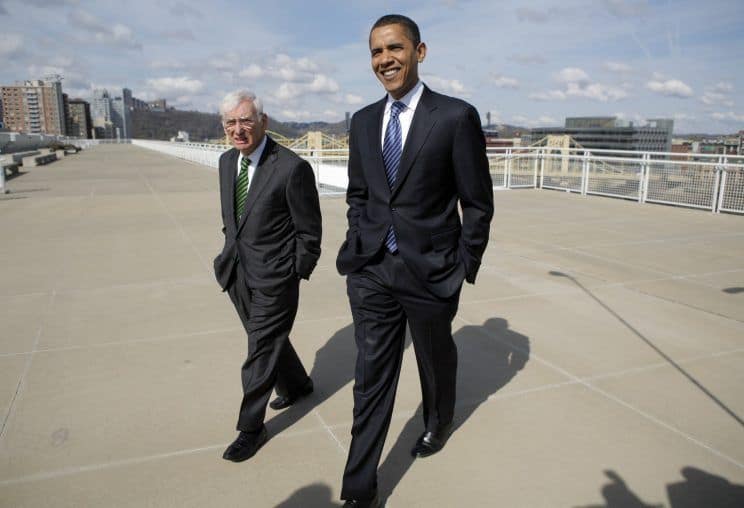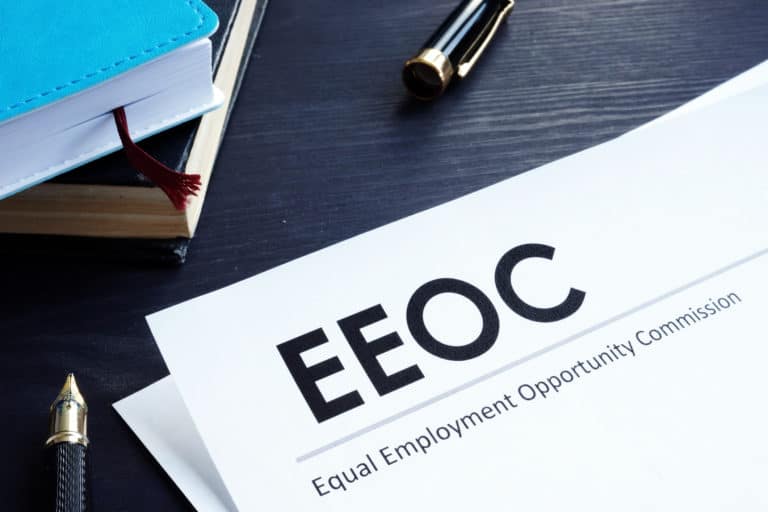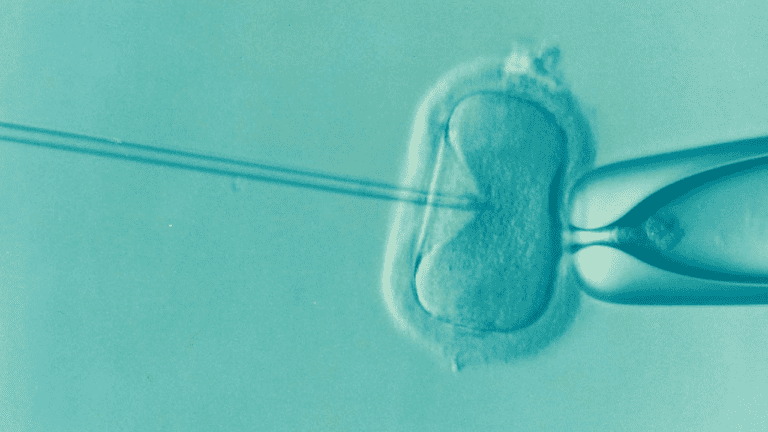Heylee Bernstein is a student at Harvard Law School and a member of the Labor and Employment Lab.
In 2002, civil rights attorneys commissioned a study regarding minority NFL coaches. The study concluded black coaches outperformed white coaches in virtually every objective criterion, and had better records when fired. Between 2000 and 2002, NFL teams hired 21 head coaches, and only two were black. Prompted by the study’s stark conclusions and wanting to avoid a disparate impact lawsuit, the NFL created the Rooney Rule.
The Rooney Rule requires teams with a head coaching, general manager, or equivalent front office position vacancy to interview at least one “diverse” candidate from outside the organization or from a list of NFL-suggested candidates.
Recognizing a lack of diversity its leadership positions and inspired by the Rooney Rule, more than 65 law firms implemented the Mansfield Rule in 2017. The current iteration “certifies that law firms consider at least 30% women, LGBTQ+ and minority lawyers for leadership roles.”
Within EEOC restrictions on private firms’ actions to advance Title VII’s agenda of improving the condition of minorities in the workplace, the two rules utilize different incentive and monitoring mechanisms, each suited to their respective corporate structures. With only one completed program so far, the Mansfield Rule’s effectiveness remains to be seen. However, with 15 seasons under its belt, the NFL can do more to lend credibility to the Rooney Rule and further its diversity goals.
Incentive Mechanisms
The NFL enforces the Rooney Rule by fining teams for violations. The NFL fines teams for numerous reasons. It often couples fines with punishments aimed at negatively impacting team performance for more egregious and public rule violations. In response to the New Orleans Saints’ dangerous bounty program, the NFL suspended the team’s coach for one year without pay, general manager for eight games, and defensive coordinator indefinitely. The team was fined $500,000 and forced to give up second-round draft picks in the following two drafts. Jason Reid of The Undefeated argues teams should face penalties harsher than fines in order to enforce the rule more effectively.
Unlike the Rooney Rule, law firms voluntarily agree to Mansfield requirements. The rule offers benefits to incentivize compliance. Firms that meet the rule’s goal for 70% or more of their open leadership roles between July 2018 and July 2019 earn the title of “Mansfield Certified.” Mansfield Certified firms may send diverse partners to a client-forum to meet and network with in-house legal departments.
Each rule’s incentive mechanism is suited to their corporate structure: law firms are unlikely to voluntarily self-impose punishments, and NFL teams may miss out on rewards if they do not have relevant position openings in a given year. Still, imposing non-financial penalties for Rooney Rule violations is well within the NFL’s abilities, and would make teams consider compliance more seriously.
Third-Party Monitors
The Fritz Pollard Alliance (“Alliance”), composed of NFL minority coaches, scouts, and front office personnel, works with the NFL regarding hiring practices. It also makes conclusions regarding whether teams have complied with the Rooney Rule. Ultimately though, the NFL Commissioner determines punishments for violating the rule, and can overrule the Alliance’s findings on its own volition. In December, the Alliance concluded the Oakland Raiders violated the rule when owner Mark Davis interviewed Jon Gruden for a head coaching position before firing the team’s then-current head coach and conducted two sham interviews with minority candidates. The NFL disagreed, found the Raiders complied with the rule, and imposed no penalties. This monitoring scheme signals to teams that though the Alliance will investigate their hiring procedures, their procedures only need to please the Commissioner to avoid penalties.
Unlike NFL teams, law firms would not otherwise have a centralized body to hold them accountable for self-imposed hiring standards. Enter Diversity Lab, a self-described “incubator for innovative ideas and solutions that boost diversity and inclusion in law.” The Lab hosts Hackathons to create ideas, and implements them through programs that include more than 50 U.S. law firms. Participating law firms voluntarily allow the lab to enforce the rule’s requirements.
It does so through monthly check-ins and semiannual data-collections from participating firms. The rule’s record-keeping requirements allow Diversity Lab to rely on a data-driven enforcement scheme.
Diversity Lab’s independent and objective enforcement provides a level of credibility to Mansfield Certification that the title would not hold if firms bestowed the title upon themselves. Perhaps the Alliance’s investigations are the NFL’s attempt to provide the Rooney Rule with similar independent credibility. However, publicly overruling the Alliance’s findings leaves the Alliance’s role toothless, impedes the NFL’s goal, and strips the Rooney Rule of integrity.
Conclusion
The Rooney Rule’s December 2018 updates aspire to “create additional opportunities for diverse candidates to be identified, interviewed, and ultimately hired…” The Mansfield Rule has a similarly indefinite goal of promoting “diversity in law firm leadership across a variety of activities.”
There is little empirical consensus regarding either rule’s effectiveness in achieving these goals, in part because long-term success can be measured in different ways. However, bearing on the Rooney Rule’s effectiveness, preliminary research suggests “the odds of being hired [are] statistically zero” when there is only one woman or minority in a pool of final job candidates. Adding just one more woman or minority statistically significantly increases their odds of being hired.
Between 2013-2017, NFL teams hired 35 head coaches. Of the 22 instances where only one black coach was interviewed, a black coach was hired only once. In the 12 instances where more than one black coach was interviewed, black coaches were hired four times. (The data omits the remaining hiring decision.)
While the Rooney Rule recommends considering multiple diverse candidates, the requirement to consider only one “diverse” candidate does not do enough to meaningfully increase diverse candidates’ chances of being hired. On its face, the Mansfield Rule requires slightly more, as its requirement is tied to a percentage of the overall candidate field. Yet a firm could fulfill the rule by considering just one woman, LGBTQ+, or minority lawyer in a field of three candidates for a leadership role. Further, the 30% requirement seems low for certain leadership activities subject to the rule, such as “mid/senior level associate searches”, considering women alone comprised 45.91% of law firm associates in 2018.
The EEOC allows employers to implement affirmative action “measures designed to assure that members of the affected group who are qualified to perform the job are included within the [candidate] pool.” However, the rules’ ability to translate interviews into hires is inherently constrained by legal limitations. Organizations cannot base hiring decisions on a candidate’s sex, or utilize quotas when making hiring decisions. The NFL and law firms should consider utilizing additional programs with proven success of increasing diversity.
Unfortunately, while research regarding interview programs’ success is slim, research regarding other diversity programs is disappointing. Research titled “Why Diversity Programs Fail” explains common initiatives do not effectuate diversity increases. Still, the organizations might see positive impacts if they implement voluntary diversity training.
Whether the rules increase diversity in their fields will become clearer over time. And with time, the NFL and Diversity Lab will refine their rules. The organizations should consider empirics as well as each other’s experiences to achieve meaningful diversity goals.










Daily News & Commentary
Start your day with our roundup of the latest labor developments. See all
April 18
In today’s Tech@Work, a regulation-of-algorithms-in-hiring blitz: Mass. AG issues advisory clarifying how state laws apply to AI decisionmaking tools; and British union TUC launches campaign for new law to regulate the use of AI at work.
April 17
Southern governors oppose UAW organizing in their states; Florida bans local heat protections for workers; Google employees occupy company offices to protest contracts with the Israeli government
April 16
EEOC publishes final regulation implementing the Pregnant Workers Fairness Act, Volkswagen workers in Tennessee gear up for a union election, and the First Circuit revives the Whole Foods case over BLM masks.
April 15
The Supreme Court ruled in favor of bakery delivery drivers in an exemption from mandatory arbitration case; A Teamsters Local ends its 18-month strike by accepting settlement payments and agreeing to dissolve
April 14
SAG-AFTRA wins AI protections; DeSantis signs Florida bill preempting local employment regulation; NLRB judge says Whole Foods subpoenas violate federal labor law.
April 12
The EEOC weighs in on an anti-discrimination lawsuit against Workday; a rule expanding overtime protection moves closer to publication; Amazon decreases spending on anti-union consultants.